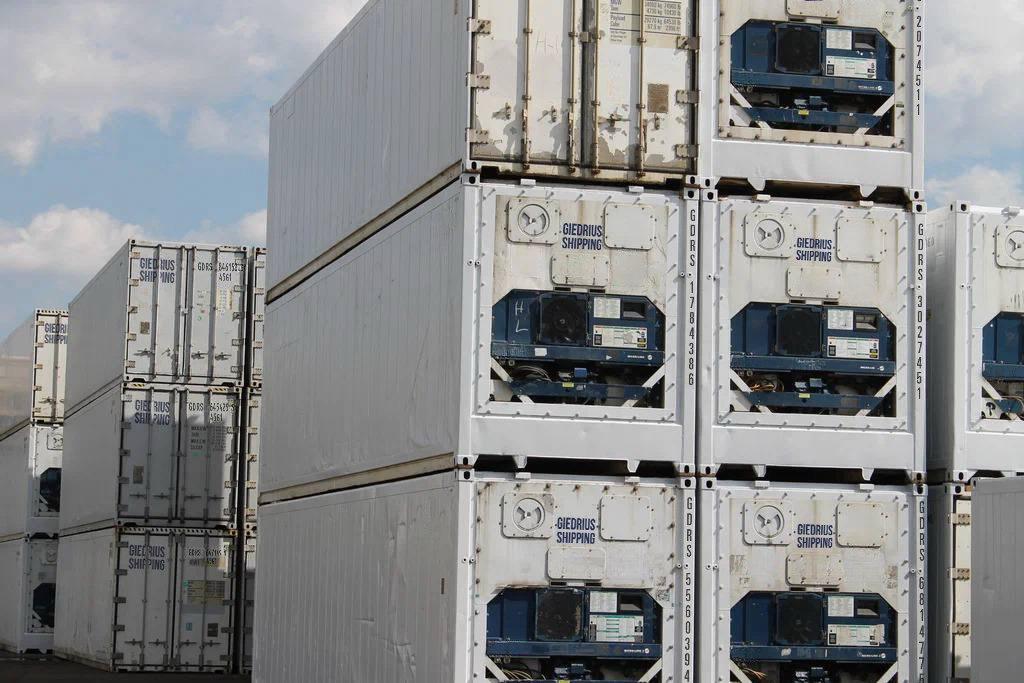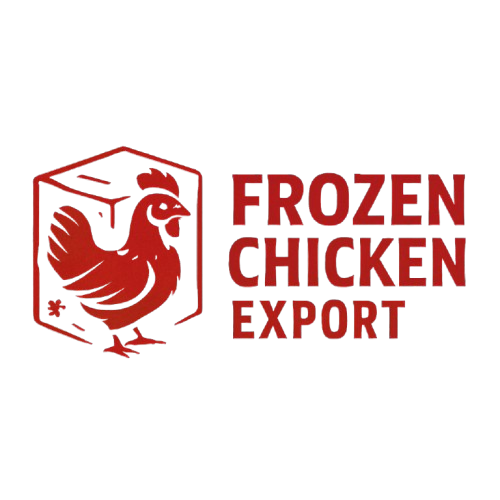Thai Frozen Chicken, Whole Chicken vs Chicken Parts
Importing Frozen Chicken to China
Importing Frozen Chicken To China: What Traders Need to Know
Importing Frozen Chicken To China: China’s demand for poultry, particularly frozen chicken, continues to grow, presenting lucrative opportunities for international exporters. However, navigating the complex regulatory landscape requires a thorough understanding of China’s import requirements, market dynamics, and trade developments. This guide provides essential insights for traders aiming to enter or expand in the Chinese frozen chicken market.
1. Understanding China’s Import Regulations for Frozen Chicken
To ensure compliance and smooth entry into the Chinese market, exporters must stick fast to specific regulations:
* Approved Establishments: Exporting facilities must be registered with China’s General Administration of Custom (GACC). Only products from these approved establishments are permitted entry.
* Import Licenses: Chinese importers are required to obtain valid import licenses for meat and poultry products. Exporters should collaborate closely with their Chinese partners to confirm all necessary licenses are in place.
* Export Certifications: As of July 1,2024, the U.S Food Safety and Inspection Service (FSIS) mandates that export certificates for meat and poultry products to China be digitally assigned through the Public Health Information System PHIS). These certificates must accompany the shipment and include detailed product information.
* Labelling Requirements: Both inner and outer packaging must meet China’s stringent labelling standards, including:
– Product name and specifications
– Country of origin
– Production and expiration dates
– Storage conditions
– Inspection and quarantine marks
– destination marked as the People’s Republic of China
* Packaging Standards: Packaging materials must be non-toxic, harmless, and intact. Any damage or non-compliance can lead to rejection or destruction of the shipment.
2. Market Dynamics and Major Suppliers
China’s frozen chicken import market is influence by various factors, including domestic demand, international relations ad health concerns:
* Leading Suppliers:
Brazil in 2024, Brazil was China’s largest supplier of frozen chicken cuts, accounting for 59% of total imports. The strong trade relationship is bolstered by Brazil’s consistent quality and competitive pricing.
* Russia and Thailand:
These countries have also increased their market share, benefiting from favorable trade terms and proximity.
Import Trends: In 2024, China’s import of frozen chicken cuts decreased by 27.8% to 926,000 tons, reflecting a shift in sourcing and domestic production adjustments.
3. Navigating Tariffs and Trade Policies
Trade relations significantly impact the frozen chicken market:
* U.S. – China Trade Tensions: In response to U.S. Tariffs, China imposed a 34% additional tariff on all U.S goods, including poultry and suspended imports from certain U.S suppliers. This move has disrupted the American poultry industry’s access to the Chinese market.
* Alternative Sourcing: With restrictions on U.S imports, China has turned to other countries like Argentina, which resumed poultry exports to China in March 2025 after a two -year due to avian influenza concerns.
4. Compliance and Best Practices
To succeed in the Chinese market, exporters should:
* Stay informed: Regularly monitor updates from regulatory bodies such as GACC and FSIS to ensure compliance with the latest requirements.
* Build Strong Partnerships: Collaborate with reliable Chinese importers who are well-versed in local regulations and market demands.
* Ensure Product Quality: Maintain high standard in production, processing and packaging to meet China’s strict food safety and quality expectations.
* Prepared Documentation: Accurate complete all necessary export documentation, including digital certificates and detailed labeling, to avoid delays or rejections.
5. Strategic Considerations for Market Entry
Given the complexities of the Chinese market, exporters should consider:
* Market Research: Understand regional preferences, consumption patterns, and competitive landscapes to tailor products accordingly.
* Risk Management: Develop contingency plans to address potential trade disruptions, such as tariffs or health- related bans.
* Diversification: Explore opportunities in various Chinese provinces and cities to mitigate risks associated with localized regulations or market fluctuations.
China’s Registration Process for Export Facilities
Before any foreign exporter can legally ship frozen chicken to China, the facility must first be registered and approved by the General Administration of Customs of the Peoples Republic of China (GACC). This registration is a mandatory step for market access and ensures the product meets. China’s strict food safety and traceability standards.
Step by Step Overview of Registration with GACC
1. Confirm Eligibility of Exporting Country
First, ensure your country has a bilateral agreement with China for exporting poultry products. This determines whether your national food safety authority is recognized by Chinese regulators.
2. Engage the National Inspection Authority
Exporters must work through their country’s official food safety or agricultural inspection agency (e.g., USDA in the USA, MAPA in Brazil). These authorities must apply on behalf of exporters with all technical and sanitary documentation.
3. Submit Application and Documentation to GACC
Applications must include Facility layout and operational procedures
* HACCP and GMP certifications
* Product types and processing methods
* Food and safety records and test results
4. Remote or On-site Evaluation
GACC may perform a document review or schedule an on-site inspection of the facility. Exporters must demonstrate compliance with hygiene, biosecurity and temperature control protocols.
5. GACC Approval and Issuance of Code
Once approved, the facility is assigned a unique registration code. This code must be displayed on all packaging destined for China, ensuing traceability.
6. Ongoing Monitoring and Re-inspection
GACC retains the right to re-inspect facilities periodically or revoke approval in the event of health violations or complaints.
Common Mistakes That Lead to Application Rejections
* Incomplete Documentation: Missing HACCP or lack of traceability systems often leads to immediate disqualification.
* Labelling Non-Compliance: Failing to pre-register Chinese-compliant labeling templates may result in rejections post-shipments.
* Unlisted Facility: Shipping from a facility not yet approved by GACC can lead to border detainment or permanent blacklisting.
* Lack of Government Endorsement: Applications must be submitted via the exporter’s national food safety authority, not by individual companies directly.
Countries with Streamline GACC Approval
Several countries maintain streamlined or priority statues with China due to established trade relationships and strong food safety protocols. These include:
* Brazil – Due to high volume and consistent quality, Brazil maintains a favored position in China’s poultry import system.
* Thailand – Recognized for its compliance with avian flu regulations and robust cold chain infrastructure.
* Russia – GACC has signed mutual inspection agreements that accelerate the review process.
* Argentina – After overcoming temporary avian influenza concerns, Argentina poultry facilities are now regaining approval under updated regulations.
Conclusion
Navigating China’s Import landscape for frozen chicken demands more than just a competitive product, it requires deep compliance with a roburst framework of sanitary, labelling and regulatory protocols enforcement by GACC and related agencies. From facility registration to shipment traceability, each step must be carefully executed to avoid costly rejections or legal complications.
For maintaining open communication with trusted import agents, and staying informed of evolving policies is not just a best practice, it is essential. By clinging to these standards and working collaboratively with certified partners, traders can position themselves for long term growth in one of the world’s largest poultry import market.
The Chinese market can be very profitable if you can secure approval from China’s GACC. These is the foundation step for entering the frozen chicken export market. While the process may appear complex, a structured approach-rooted in meticulous documentation, government cooperation and a commitment to food safety can result in a successful registration. Exporters from countries with streamlined approval like Brazil, Thailand and Russia enjoy a competitive advantage, but facilities everywhere can improve there odds by proactively avoiding common errors and staying audit-ready. Ultimately, treating GACC registration as a strategic priority, rather than a bureaucratic hurdle, will not only unlock access to Chinese buyers but also elevate a brand’s credibility across international markets.

